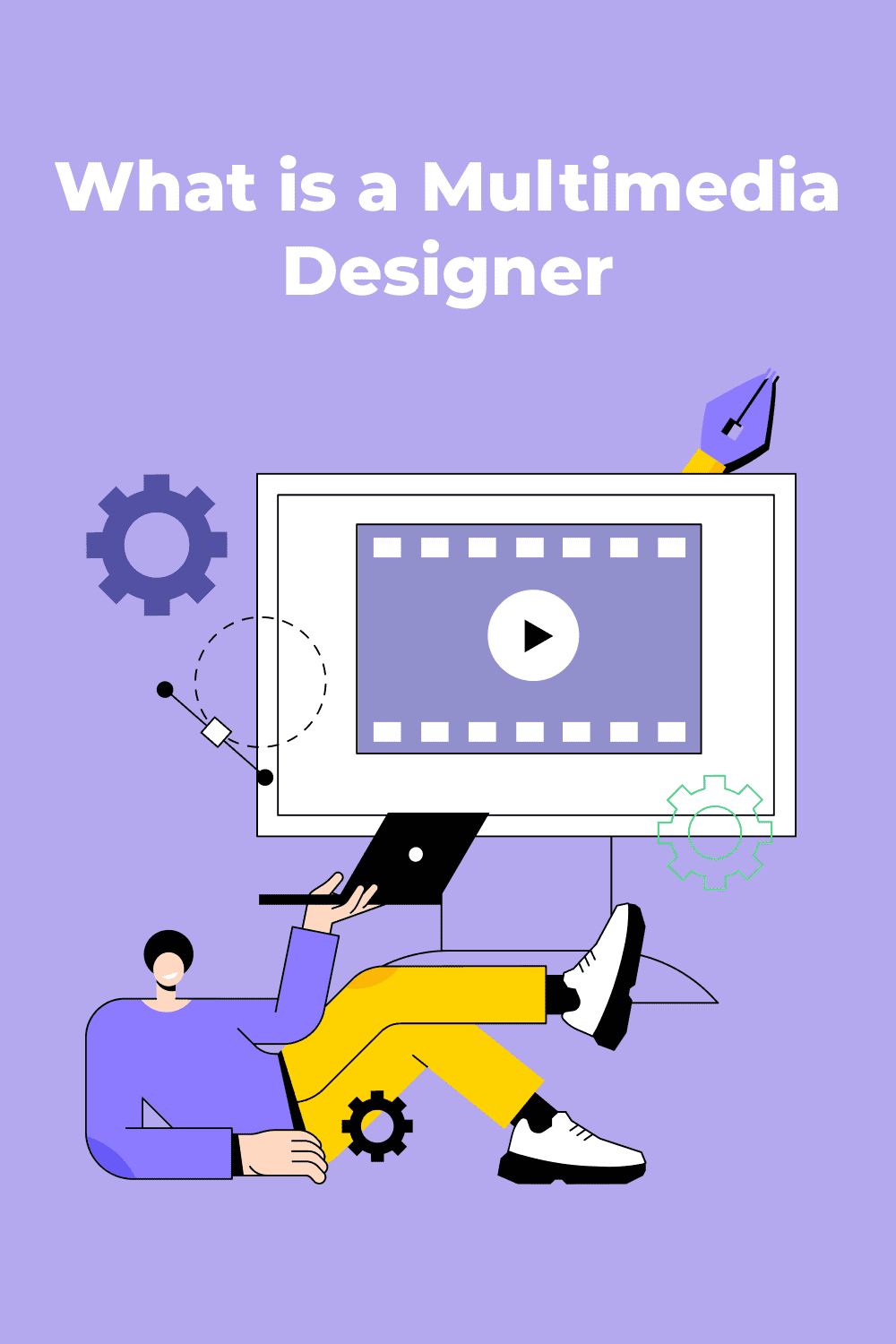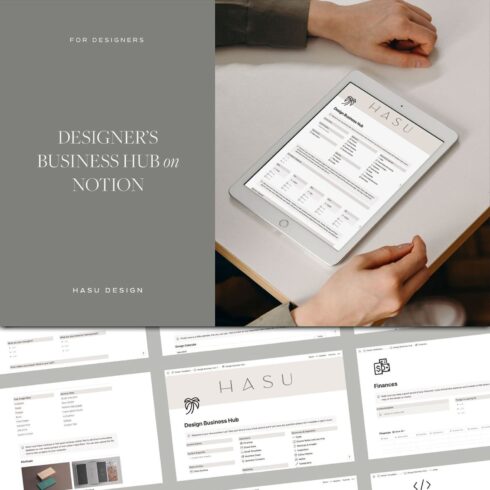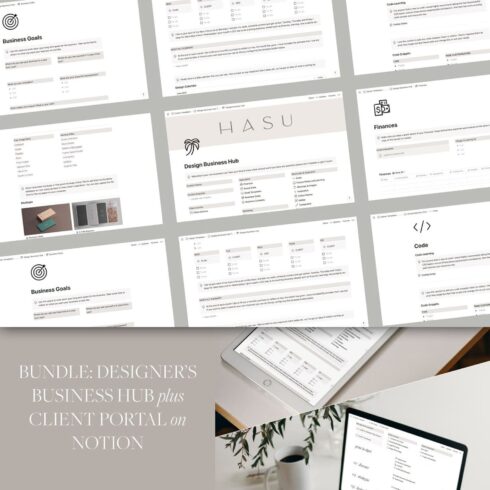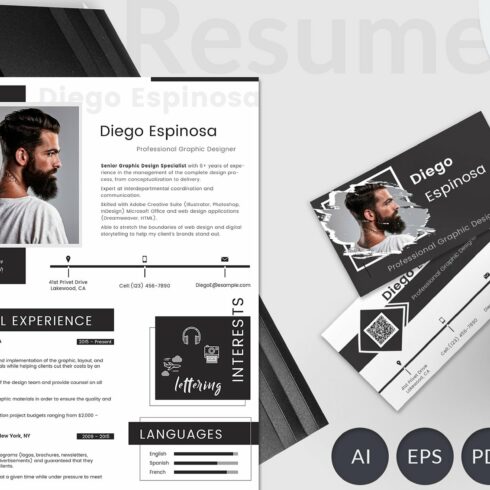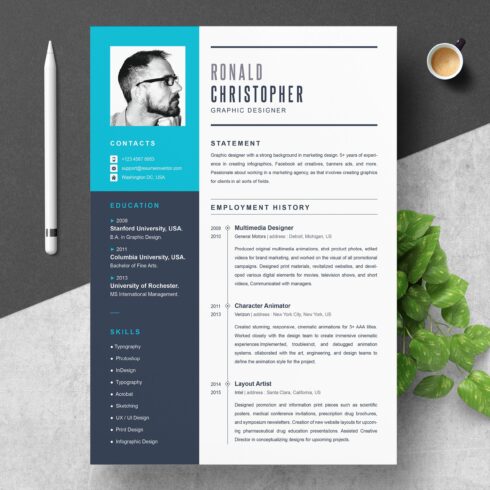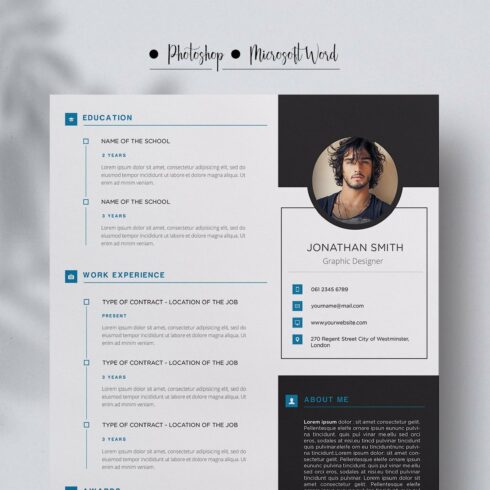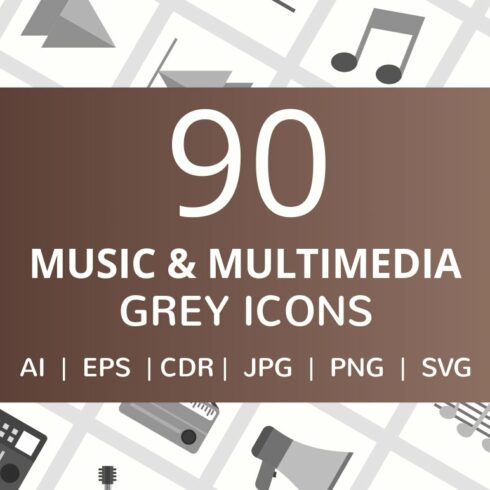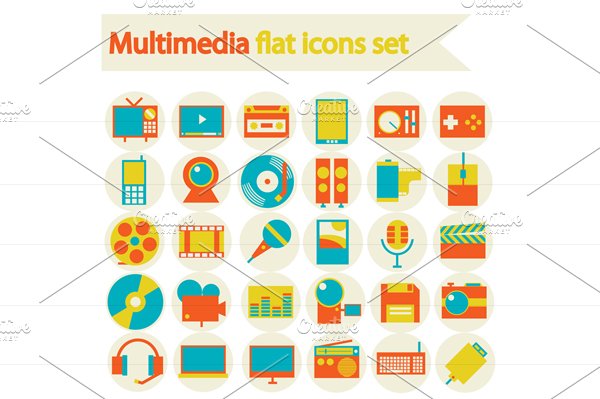What is a Multimedia Designer & How to Become One
Multimedia design is a growing field combining graphic design, video production, animation, and web design elements. Multimedia designer works on creating digital media products that engage and inspire audiences.
If you have a passion for design and technology, a career as a multimedia designer might be the perfect fit for you. In this blog post, we’ll discuss what a multimedia designer is, their roles and responsibilities, and their expected salary. Read on to discover!
What is a Multimedia Designer?
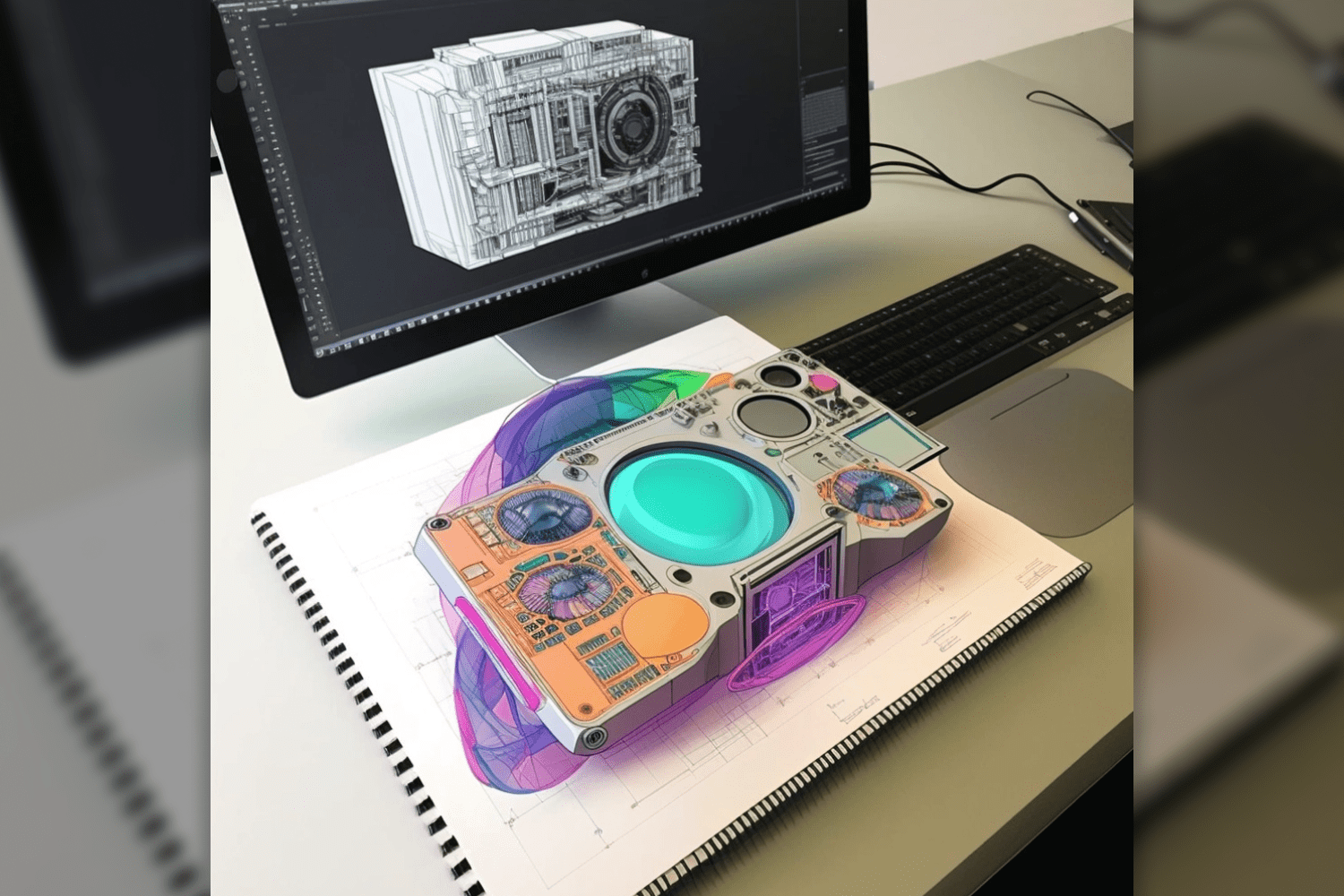
A multimedia designer is a professional who specializes in creating digital content that combines various forms of media, such as graphics, text, audio, and video. They use their creative and technical skills to design and produce interactive experiences that engage and inform audiences across different platforms, including websites, mobile apps, video games, and social media.
Such designers work in various industries, including advertising, marketing, entertainment, education, and journalism. They collaborate with clients, project managers, and other team members to create visual and interactive elements that communicate a message or story effectively.
These designers must have a good eye for design, a strong understanding of technology, and the ability to work with a team of professionals to bring their ideas to life.
What Does a Multimedia Designer Do?
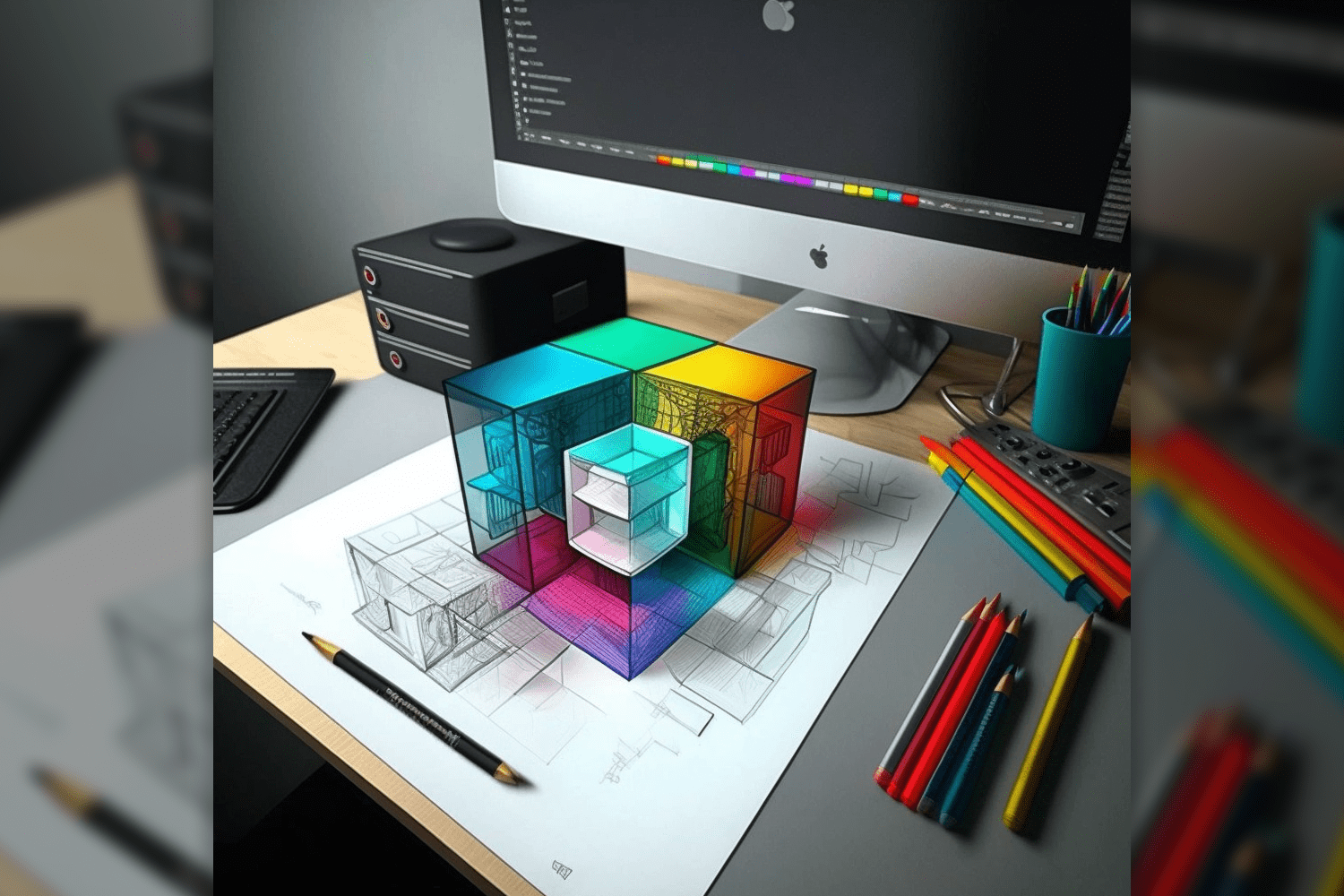
Multimedia designers use different digital tools and software to create various types of content that combine text, graphics, audio, video, and animation. Their work can be found across various media, including websites, video games, mobile apps, advertising, e-learning courses, and social media.
The following are some of the typical tasks a multimedia designer might be responsible for:
- Concept Development: Before starting any project, a designer must first brainstorm and develop a concept. This involves researching the target audience, understanding the client’s needs and goals, and coming up with a creative idea that effectively communicates the message.
- Design: After the concept is finalized, the designer will visually represent the idea. They use tools like Adobe Photoshop, Illustrator, and InDesign to create designs for websites, apps, or other multimedia content.
- Animation: Many projects require animation to bring the design to life. So, they use software like Adobe After Effects to create engaging animations.
- Audio and Video Editing: Multimedia designers may also be responsible for editing audio and video content incorporated into their projects.
- User Interface Design: A multimedia designer may be involved in designing the user interface for websites, mobile apps, or video games. This requires understanding how users interact with digital content and designing interfaces that are easy to use and visually appealing.
- Collaboration: Multimedia designers often work in teams with other designers, developers, and project managers. Effective communication and collaboration skills are essential for success in this field.
Overall, such designers are responsible for creating engaging digital content that effectively communicates a message to a target audience. Their work requires a combination of creativity, technical skills, and an understanding of user experience.
How to Become a Multimedia Designer?
Becoming a multimedia designer requires a combination of creative talent, technical skills, and a solid understanding of design principles.
Here are some specific steps and resources that can help you start your journey toward becoming a multimedia designer:
- Build a strong foundation in design: Start by studying design principles such as color theory, typography, composition, and layout. This can be done through formal education or by taking online courses. For example, you can take a graphic design course on Coursera or multimedia and graphic design course on Udemy.
- Learn industry-standard software: As a multimedia designer, you will be expected to have proficiency in various software programs such as Adobe Photoshop, Illustrator, InDesign, and After Effects. Take the time to learn these programs in-depth through online tutorials or by enrolling in specialized courses.
- Build a portfolio: Your portfolio is your showcase of work that demonstrates your design skills and creative abilities. Build a portfolio website that showcases your work in a visually compelling way. You can use platforms like Behance, Dribbble, and Adobe Portfolio to create an online portfolio that potential employers can easily access.
- Create engaging resume: Creating a resume is essential to showcase your skills, experiences, and qualifications to potential employers. A well-crafted resume can make a great first impression and help you stand out from other candidates. You can find many resume templates online (both free and paid) that can help you create a professional-looking resume. It’s advisable to use a chronological resume template to showcase the history of your experience!
- Use marketplaces: Using online marketplaces to sell your work can also be an effective way to gain exposure and earn income as a multimedia designer. Sites like MasterBundles, Creative Market, Envato, and Shutterstock allow designers to upload their digital assets, such as illustrations, graphics, and templates, and earn money through sales. This can be a great way to supplement your income or build a passive income stream.
- Join design communities: Connect with other designers and industry professionals through online communities such as Reddit’s Design community, LinkedIn’s Design Network, or Adobe’s Creative Cloud community. You can learn from others, get feedback on your work, and stay up to date with the latest trends in the industry.
- Attend industry events: Attend design conferences, workshops, and meetups to network with other designers and learn from industry experts. Some popular events include Adobe MAX, AIGA Design Conference, and Creative Mornings.
- Look for internship opportunities: Apply for internships at design agencies or companies to gain real-world experience and build your professional network. Internships can also lead to full-time job opportunities. For example, you can start by checking internship opportunities on Indeed.
- Keep learning and evolving: The field of multimedia design is constantly evolving, so it’s important to stay up to date with new trends, technologies, and design approaches. Subscribe to design blogs and follow industry leaders on social media to stay informed and inspired. For example, you can check these ones to get some inspiration:
By following these steps and utilizing these resources, you can begin your journey toward becoming a successful multimedia designer. Remember to stay motivated, be open to learning, and strive to improve your skills and creativity.
Multimedia Design Jobs
A multimedia designer job description can vary greatly depending on the industry and specific company. Here are some examples of jobs:
- Graphic Designer: Graphic designers are responsible for creating visual designs for print and digital media. They use various design software to create layouts, logos, and other visual elements.
- Web Designer: Web designers create websites that are visually appealing and easy to use. They may also be responsible for creating multimedia content for the website, such as videos or animations.
- UX/UI Designer: UX/UI designers are responsible for designing the user experience and user interface of digital products such as websites, mobile apps, and software. They ensure that the product is easy to use and visually appealing.
- Video Editor: Video editors edit video footage to create compelling stories for various media platforms such as TV, film, and online. They create special effects, transitions, and audio enhancements with various software programs.
- 3D Animator: 3D animators use computer software to create animations and visual effects for film, TV, video games, and other multimedia platforms. They create 3D models, rig them with digital skeletons, and animate them.
- Social Media Designer: Social media designers create visual content for social media platforms like Instagram, Facebook, and Twitter. They create graphics, animations, and videos that engage users and drive traffic to the company’s social media pages.
- Motion Graphics Designer: Motion graphics designers create animated graphics for film, TV, and other multimedia platforms. They use various software programs to create 2D and 3D animations, special effects, and title sequences.
These are just a few examples of multimedia design jobs. Many other job titles may fall under this umbrella and the job requirements and responsibilities may vary greatly depending on the company and industry.
What Is a Multimedia Designer Salary?
Multimedia designer salary can vary depending on several factors, including experience, education, location, industry, and specific job duties. Generally, according to Indeed, the median annual salary for a multimedia designer in the United States is around $70,000 annually.
As per Indeed, entry-level positions for designers may pay around $40,000 to $50,000 per year. In contrast, senior-level positions can pay upwards of $100,000 per year. The industry in which designer work can also impact their salary. For example, multimedia designers working in advertising and public relations tend to earn more than those working in education or government.
According to the Bureau of Labor Statistics, the highest-paying states for multimedia designers in the United States are California, New York, and Washington, with median salaries ranging from $80,000 to $92,000 annually. However, freelancers may earn different rates depending on their clients, project requirements, and skill set.
Overall, a career in multimedia design can be lucrative, with opportunities for growth and advancement. However, it is important to remember that salary can vary greatly based on individual circumstances and the industry in which one works.
Bottom Line
Becoming a multimedia designer requires a blend of creative talent, technical skills, and an understanding of design principles. The steps outlined in this guide can help you start your journey.
Keep in mind that the field of multimedia design is constantly evolving, so it’s important to stay up to date with new trends and technologies to stay competitive.
By staying motivated, learning from others, and continually improving your skills, you can become a talented multimedia designer and create digital media that engages and inspires audiences.
FAQ
Here are a few frequently asked questions about a multimedia designer
What does a multimedia designer do?
A multimedia designer uses a combination of creative and technical skills to produce visual content such as graphics, animations, and videos for various media platforms.
What should I learn as a multimedia designer?
To become a multimedia designer, you should learn design principles, software applications such as Adobe Creative Suite, video and audio editing, and programming languages like HTML, CSS, and JavaScript.
How much does a multimedia designer earn?
The average salary for a multimedia designer in the United States is around $51,000 annually, but this can vary based on location, experience, and industry.
What skills would you recommend a multimedia designer have?
Key skills for a multimedia designer include strong visual design abilities, proficiency with relevant software and tools, knowledge of multimedia technologies and trends, ability to work collaboratively, and good communication and problem-solving skills.
Some Awesome Videos about Multimedia Design:
The Difference between a Multimedia Designer and Graphic Designer
Hello, fam! Thank you for tuning in again! For this episode of The Designer Life with Ica, I’m going to explain the difference of being a multimedia designer and a graphic designer. Usually people get them mixed up but there’s actually a huge difference.
Myths, Misconceptions & Stereotypes of being a Multimedia Designer | The Truth of the Designing Life
What’s up designers and non-designers! Here to debunk the myths of the designing life and sharing my thoughts as I experience these misonceptions in the real world.
What are your concerns?
Thanks for your response!
Disclosure: MasterBundles website page may contain advertising materials that may lead to us receiving a commission fee if you purchase a product. However, this does not affect our opinion of the product in any way and we do not receive any bonuses for positive or negative ratings.
